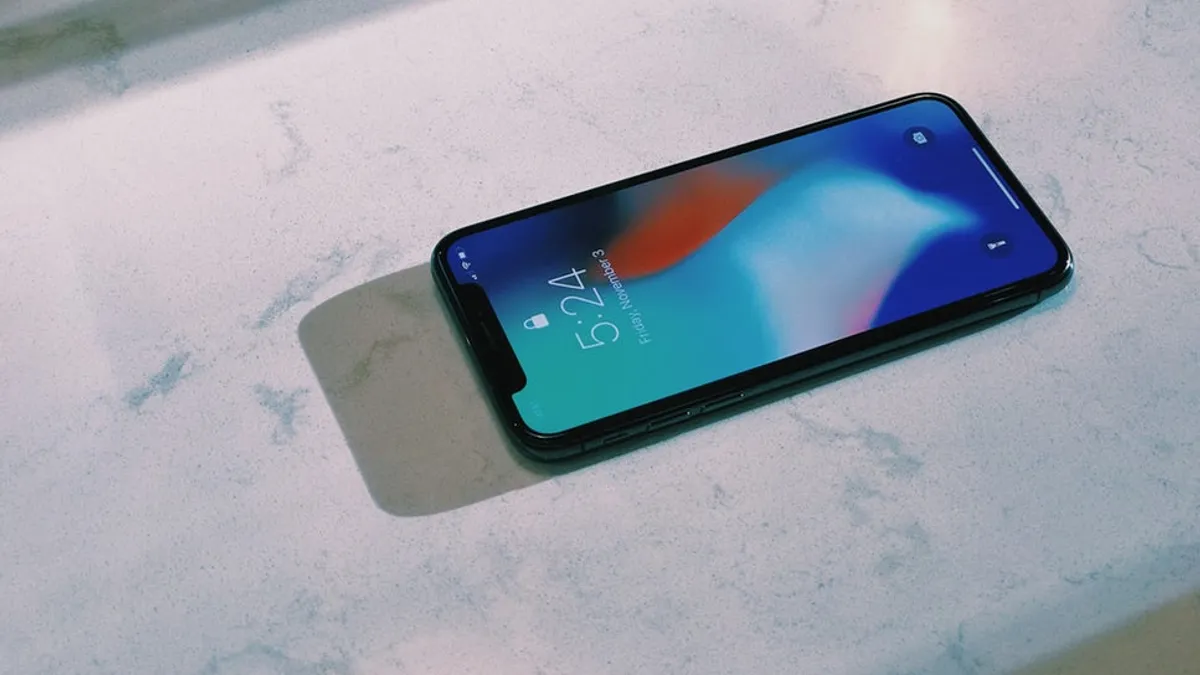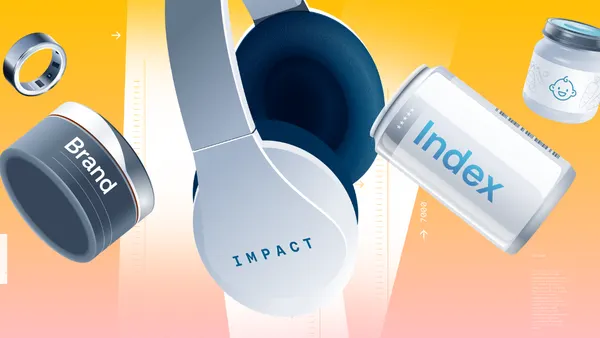Dive Brief:
- Retail app marketers will likely have a very profitable year despite an increase in advertising costs by Facebook, according to a new study by mobile marketing company Liftoff.
- With shopping app use growing 54% in 2017, according to Flurry, an app analytics company, they have become the second fastest growing app category as consumers change their buying habits. Consumers are becoming more comfortable with mobile shopping, and Liftoff's data shows that women are more engaged with mobile commerce than men.
- Meanwhile, Facebook's advertising costs have been rising ever since the platform changed its news feed algorithm to de-emphasize content from brands and publishers, according to AdStage data cited by Recode. As costs at Facebook increase, data from Liftoff indicates that acquisition costs for programmatic exchanges have dropped 23% since last year.
Dive Insight:
Because the convenience of mobile is extending shopper activity for longer periods of time during the year, retail apps are growing rapidly in popularity and use, according to the Liftoff study.
Citing App Annie, an app store research firm, the study noted that shopping app downloads rose 20% year-to-year in the first half of 2017. Consumers may use two to four shopping apps per month, and often enough Amazon is not on the list. Shoppers use 30 apps per month at the most, according to App Annie. That means "marketers must architect and execute comprehensive strategies to ensure their shopping app makes the cut," Liftoff said.
Users of mobile shopping apps are showing themselves to be the most valuable customers, the study noted, and women may be more valuable than men. The cost to acquire a purchasing male user is 65.5% greater than females, who have close to two times the install-to-purchase rate. Retail brands like Glossier and Everlane, which target women on Instagram and similar platforms, have a mobile-first strategy.
And that is paying off with women becoming more comfortable with mobile shopping, as shown by the costs of acquiring a purchasing female decreasing 4.8% from the previous year's study. Aside from demographics, Apple iOS users have higher engagement rates than Android users, although the install-to-purchase rate for iOS is 8.4%, or one-third higher than Android.
Liftoff said that costs and conversions are so well aligned that marketers can spur engagement and interaction without spending excessively. The install-to-registration rate is up 17.5%, up 20% from the previous year, indicating that shoppers know the benefits of retail apps. Additionally, marketing campaigns are improving at converting shoppers to buyers. The install-to-purchase rate is 7%, which is up 20% from the previous year.
The seasonal calendar is expanding with stable marketing costs throughout the year, which shows "every day can be a shopping day," according to the Liftoff study.
Editor's note: This story has been updated from an earlier version.












